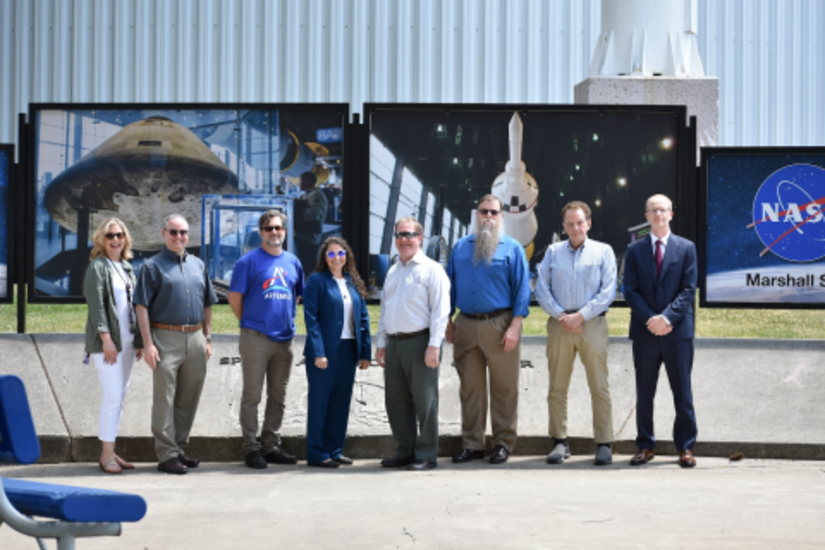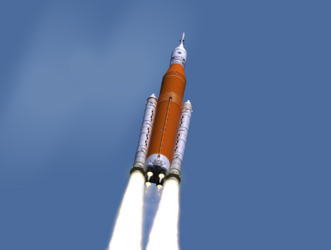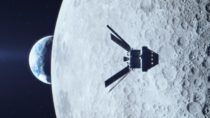Draper Set to Return to the Moon as Part of NASA Artemis I Mission
CAMBRIDGE, MA—Experience is critical to success and safety in missions to the Moon. Today, as NASA prepares to launch its next generation of human-rated spacecraft, it will be guided by technologies and operational support provided by Draper.
“Draper’s pioneering contributions to the U.S. space program continue with Artemis,” said Pete Paceley, principal director of Civil and Commercial Space Systems at Draper. “Artemis presents an opportunity to return Draper to lunar missions that began with the Apollo Program.”
Draper is proud to be a key contributor on multiple core elements of Artemis. Elements of NASA’s lunar exploration efforts include the Space Launch System, Orion, Gateway, Commercial Lunar Payload Services and the Human Landing System.
Artemis I is the first in a series of increasingly complex missions that will enable human exploration to the Moon and Mars. Draper’s capabilities will be used in five different aspects of Artemis I.
- Guidance, navigation and control (GN&C) aboard Orion and SLS.
- Software to operate the four solar arrays aboard Orion.
- Redundancy management system (RMS) for fault detection, containment and recovery aboard SLS.
- Powered explicit guidance (PEG) for determining optimal flight trajectories aboard Orion and SLS.
- Mission Evaluation Room (MER) staffing to provide engineering and technical support to the Mission Control Center at NASA’s Johnson Space Center in Houston for Orion.
Draper has been working on the Orion and SLS projects for over a decade. In 2021, NASA awarded Draper a $49 million five-year contract to provide advanced GN&C and avionics technology development and analysis for the agency’s next generation of human-rated spacecraft on missions beyond low-Earth orbit. Work is already underway for follow-on Artemis missions. While Artemis I is uncrewed and highly automated, Artemis II will require advanced controls and displays for an onboard crew. Artemis III and IV will advance NASA’s lunar capabilities at and near the Moon.
Draper’s work on Artemis builds on its legacy of support to NASA, which began with Draper’s design of the Apollo Guidance Computer and continued with programs that include the International Space Station (ISS) and the Space Shuttle. Draper has been a leader in space exploration for over a half-century, and it has provided system evaluations; capabilities including guidance, navigation and control; and flight test support for its U.S. government and commercial customers.
For Artemis, Draper contributed to the development of new capabilities. The flight computer for SLS, for instance, is backed up by a redundancy management system that uses software instead of propriety hardware, which gives NASA ownership of a software system that is easier to customize for future flights. Similarly, a flight trajectory guidance algorithm originally developed by Draper for the Space Shuttle was modified to accommodate Artemis’ more complex mission.
“Artemis is a bold challenge to return to the Moon, a challenge that Draper—with a heritage in human space exploration—is proud to support. As with our past contributions to the U.S. space program, Draper looks forward to contributing to the success of NASA’s partners and developing the next generation of human-rated spacecraft,” Neil Adams, vice president of Draper’s National Security and Space Systems business, said.
Draper’s work for Artemis is taking place at the company’s offices in Houston, Texas; Huntsville, Alabama; and Cambridge, Massachusetts.
Released July 6, 2022













